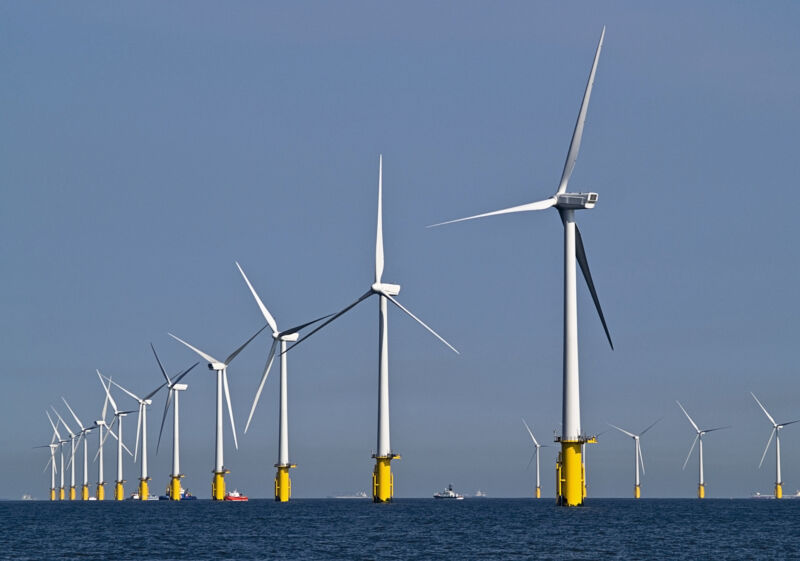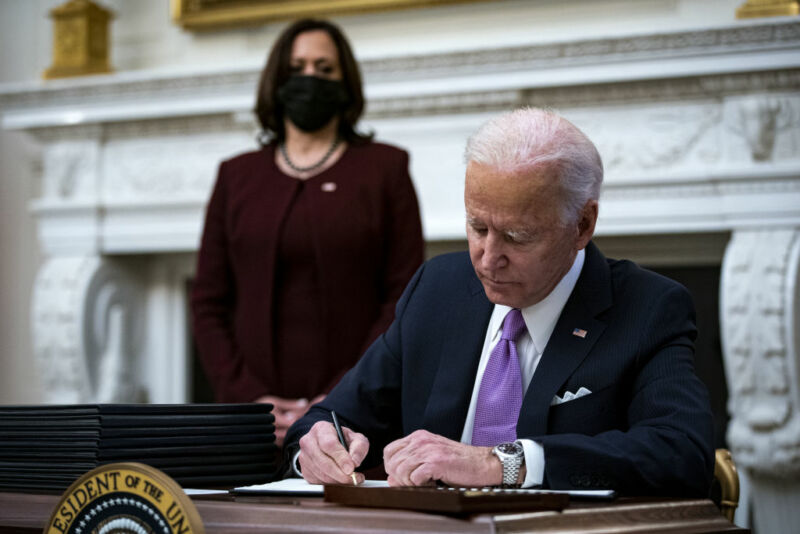-
 chevron_right
chevron_right
Floating solar panels could provide over a third of global electricity
news.movim.eu / ArsTechnica · Monday, 13 March, 2023 - 19:04

Enlarge / Aerial view/solar panel floating in the dam. (credit: SONGPHOL THESAKIT )
The cost of solar power has dropped dramatically over the past decade, making it the cheapest source of electricity in much of the world. Clearly, that can mean cheaper power. But it also means that we can potentially install panels in places that would otherwise be too expensive and still produce power profitably.
One of the more intriguing options is to place the panels above artificial bodies of water, either floating or suspended on cables. While more expensive than land-based installs, this creates a win-win : the panels limit the evaporation of water, and the water cools the panels, allowing them to operate more efficiently in warm climates.
While the potential of floating solar has been examined in a number of places, a group of researchers has now done a global analysis and find that it's huge. Even if we limit installs to a fraction of the surface of existing reservoirs, floating panels could generate nearly 10,000 TeraWatt-hours per year, while keeping over 100 cubic kilometers of water from evaporating.








